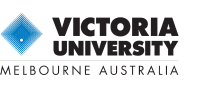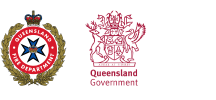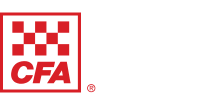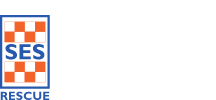
This research project will develop a national monitoring and evaluation framework for risk prevention programs so that practitioners and decision makers understand the efficacy of these programs. The framework will be developed using a collaborative, systemic approach. It will assess existing organisational risk prevention programs and their evaluation, current measurements in the formal literature, a community survey, and two contrasting in-depth case studies.





